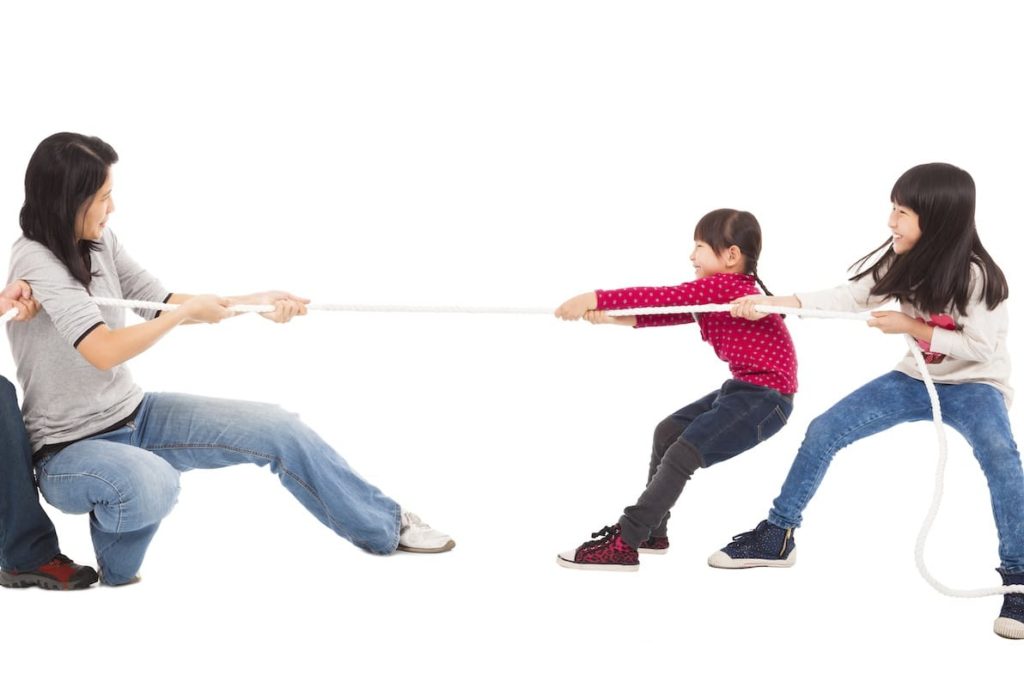The bullying of LGBTQ adolescents in schools is a huge, ongoing social problem. This cruel and thoughtless behavior is causing many innocent young people to experience extreme emotional pain while damaging their sense of self-esteem. Schools are supposed to be safe, welcoming places for learning and personal growth. But LGBTQ teens have come to associate the school environment with persecution, discrimination and unbearable stress. Bullying in general has been reduced, but harassment of young people based on sexual orientation, gender identity or gender expression on school grounds has continued and could accurately be described as an epidemic. More than 80 percent of U.S. schools have adopted anti-bullying policies. However, only about 10 percent of these zero-tolerance statutes mention the harassment of LGBTQ young people as a specific area of concern. Perhaps school administrators just assume students will understand these policies are supposed to apply to everyone, but if so, they are underestimating how deeply rooted homophobia and the intolerance that supports it are in the American psyche. Even now, in 2015, many young people still have the idea that prejudice based on sexual preference and gender identity is acceptable. They come to believe that kids who identify themselves as LGBTQ deserve to be rejected and ostracized. In some instances, they may heap abuse on LGBTQ kids to prove their own heterosexual credentials, since they’ve been taught that being gay, lesbian, bisexual or transgender is the most shameful thing in the world. And it’s not only teens who think this way. Given the emphasis that schools have placed on stamping out bullying, the following statistic is incredible (but true): more than half of all LGBTQ teens report hearing homophobic remarks and other forms of anti-gay slurs being uttered by teachers or other school staff members. This sort of behavior sends a mixed message to non-gay and non-transgender students, undermining anti-bullying policies and reinforcing the belief that some kids are unworthy of being treated with respect. Whatever the reasons, physical and/or verbal abuse aimed at adolescents who identify as LGBTQ is common in schools, to the point where it is easily the most frequently experienced form of adolescent bullying. According to the latest statistics from the Gay, Lesbian & Straight Education Network’s 2013 National School Climate Survey, about three-quarters of all LGBTQ students will be subjected to some form of verbal harassment by peers in any given year. More than one-third will face physical harassment (pushing, shoving or other types of unwanted contact) during the same time period and about 17 percent will be punched, kicked or beaten for committing the terrible crime of being different. These numbers are actually an improvement over what had been found in previous National School Climate Surveys. However, as face-to-face bullying has tailed off a bit, cyberbullies have stepped in to pick up the slack: in 2013 almost 50 percent of LGBTQ kids reported incidents of electronic harassment, usually via text message or social media postings. The language used and types of threats made in these venues tends to be especially noxious and intimidating, since bullies online aren’t restrained by adult supervision. Cyberbullying certainly hasn’t supplanted the older style of harassment, but it has supplemented it in a harmful and destructive way.
Bullying and Its Mental Health Effects on LGBTQ Teens
Not surprisingly, LGBTQ teens pay a high price for their exposure to prejudice and brutality. In comparison to non-bullied peers from the same demographic, LGBTQ adolescents who’ve been the victims of bullying in school are:
- Twice as likely to experiment with drugs and alcohol;
- Twice as likely to manifest the symptoms of clinical depression;
- Two-and-a-half times more likely to intentionally injure themselves (cutting is the most common form of self-harming practice);
- Unable to perform at the same level academically, sporting grade-point averages a half point lower;
- Almost twice as likely to feel unsafe and insecure on school grounds, which translates into a much higher absentee rate;
- Four times more likely to contemplate suicide and three times more likely to end up in the hospital (or dead) after a suicide attempt.
There is no way to sugarcoat numbers like these. They are deplorable and show that in at least one area, the U.S. school system as a whole deserves a failing grade. The final statistic is especially disturbing and represents nothing less than a public health disaster.
Finding Solutions That Actually Work
More and more schools have been making an effort to address the needs of LGBTQ teens, and in the process they have discovered a few solutions that seem to make a positive impact—not just in reducing bullying, but in decreasing the feelings of discomfort, persecution and insecurity that have plagued so many LGBTQ students. Anti-bullying policies that specifically target abuse based on sexual orientation or gender identity have a proven consciousness-raising effect on student bodies as well as on teachers, administrators, school counselors and support staff. Many schools that have adopted these policies have also sanctioned Gay-Straight Alliances, which bring students of various backgrounds together to stand against bigotry and hatred in all of its forms. Information is the enemy of ignorance and the greatest nemesis prejudice will ever face. When LGBTQ issues are discussed in classrooms, during teacher and staff meetings and among student groups, it promotes a spirit of cooperation by breaking down barriers of misunderstanding and counteracting the dehumanizing effects of prejudice. And when resources are made available in libraries and on school computers that give every student the chance to learn more about the lives and challenges LGBTQ people face, this also works as a wonderful antidote to bigotry and the lack of knowledge that reinforces it. As we can see, acknowledging the problem and facing the truth about the terrible damage bullying can do is the key to changing the way LGBTQ adolescents are treated inside the walls of the schools they attend. Thanks to the ignorant actions of bullies, hearts and minds are being broken and futures are being put at risk, and educators across America have a duty and a responsibility to take stronger action to make sure this sad pattern of behavior is brought to an end.






